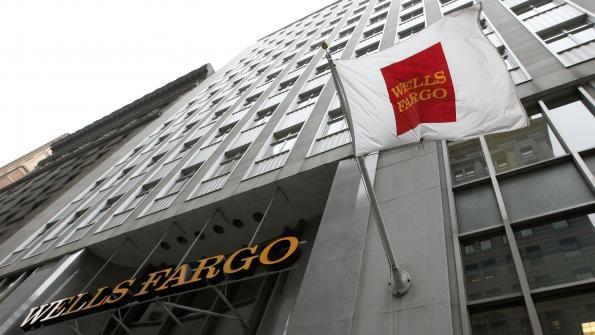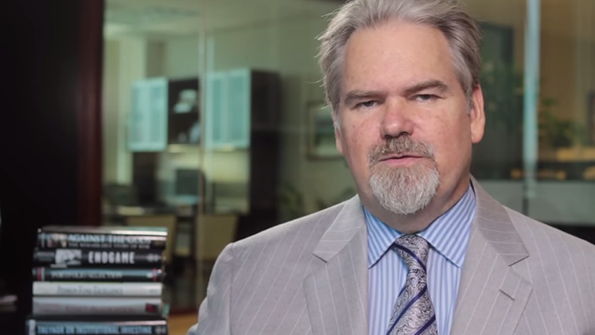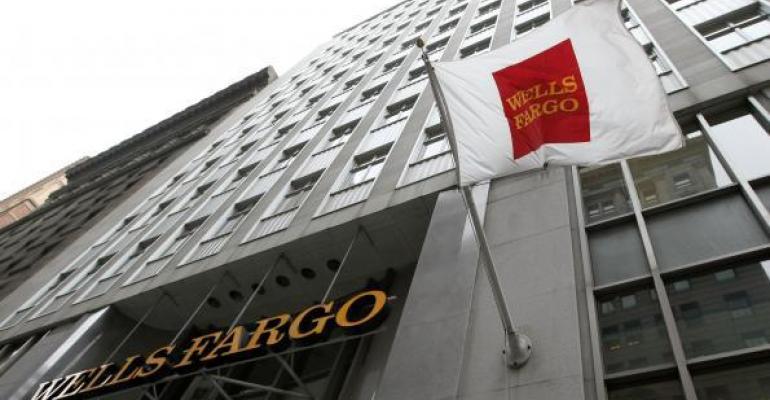
Many financial services firm say they put their clients’ interest ahead of their own, but the Department of Labor’s final fiduciary rule released last month “ensures that putting clients first is no longer a marketing slogan; it’s the law,” Labor Secretary Thomas Perez said. But which traditional financial services firms do investors believe are already putting their interests first? A recent Hearts & Wallets survey of over 5,000 investors, which focused on the top 24 big banks, brokerages and mutual fund companies, asked consumers to rank the top one or two firms they use on 27 attributes. Edward Jones, USAA, Ameriprise and Wells Fargo Advisors scored at the top on “unbiased, puts my interests first,” and “explains things in understandable terms.” LPL Financial also scored well on being “unbiased.”
Presidential Primaries Impacting Investing

The presidential primaries continue to dominate headlines after another dramatic Tuesday in Indiana, and it’s influencing how advisors and individuals are investing in 2016. According to a survey commissioned by Jefferson National, 25 percent of RIAs said the election is impacting their investment approach, ranking it just behind ongoing volatility and the U.S. Fed policy. For retail investors, the election ranked as the second biggest trend behind low returns on investments. Both advisors and investors also see the election as a key factor driving market volatility, with advisors ranking it as the third biggest factor and individual investors placing it first.
Arnott’s Beef With Inflation Measurements

American households—particularly those in the middle class—are being weighed down by inflation and negatively impact by the government’s stimulus efforts, according to the latest report from Research Affiliates. The firm’s CEO Rob Arnott and Senior Researcher Lillian Wu argue that the Bureau of Labor Statistics inflation measurement is wrong. American households have expected inflation to be an average 3 percent since 1995, but real inflation has been around 2.2 percent, the report says. “What explains this gap? The following is our hypothesis. The four “biggies” for the average American are rent, food, energy, and medical care, in approximately that order. These ‘four horsemen’ have been galloping along at a faster rate than headline CPI,” they write. While the Fed’s quantitative easing policies were meant to spur market and economic growth, Research Affiliates argue that, in reality, they stunted growth when you look at how the average American has suffered. “When the Fed eventually steps away from overt market interventions, capital market valuations should revert to more normal (i.e., lower) levels, which would bring with them more sensible forward-looking returns.”

